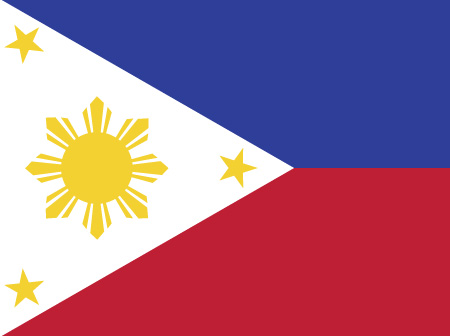In recent years, many serious weather related disasters such as floods and landslides occurred in Southeast Asia. One of the main causes of this is large-scale land transformation accompanying industrialization and urbanization, and there is concern that due to climate change, the problem will become even severer. Comprehensive land use management considering climate change is thought to be useful for prevention and reduction of weather disasters. Targeting the Silang-Sta. Rosa watershed on the coast of Laguna Lake, the largest lake in the Philippines, this project aimed to develop and apply the “Participatory Watershed Land-use Management (PWLM)” approach, which consists of the following four steps: (1) scenario analysis, (2) risk assessment, (3) countermeasure development, and (4) land-use plan improvement. The PWLM application found that about 90% of the land in the watershed will be converted for residential, commercial, and industrial use. When assuming a typhoon once every ten years, about 1180 hectares of land will be flooded, affecting approximately 230,000 residents. Based on these findings, countermeasures were formulated in each local government, and furthermore, the existing land-use plans were revised, and the local climate change action plans were formulated. It is expected that the area and population affected by floods will decrease by 20% by preserving existing vegetation and introducing runoff neutral development. The damage will be further reduced by strengthening development controls and building standards in high-risk areas. Currently, the project is being replicated in additional two watersheds in the Lake Laguna basin. It is hoped that in cooperation with the national government of the Philippines, the project is scaled up to the entire lake basin that consists of 24 watersheds.
‘
—
Institute for Global Environmental Strategies (IGES)
2108-11 Kamiyamaguchi, Hayama, Kanagawa, 240-0115 2108-11 Kamiyamaguchi, Hayama, Kanagawa, 240-0115
endo@iges.or.jp
+819012734432





